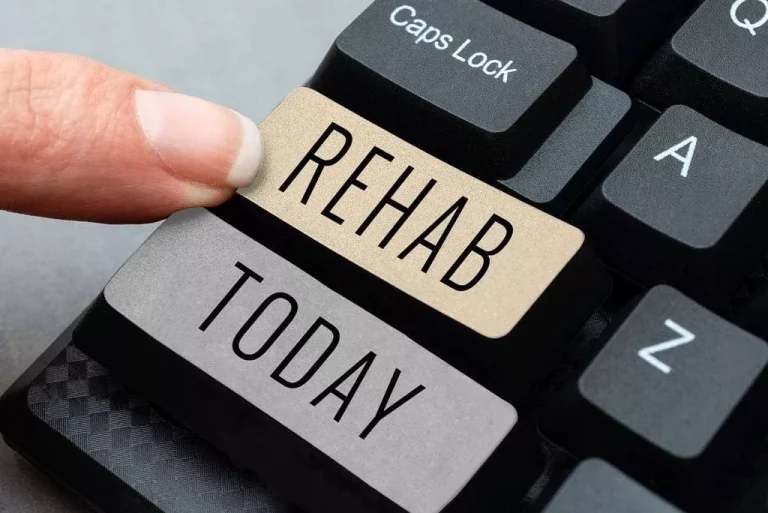Casa Pio X, Via Vescovado 29 Padova (Pd) |
- HOME
- CHI SIAMO
- CATALOGO VIAGGI
- Argentina e Patagonia
- Armenia
- Capitali europee
- Cipro
- Etiopia
- Fatima
- Francia
- Grecia
- Giordania/Petra
- Libano
- Lourdes
- Marocco
- Medjugorje
- Messico
- Oman
- Polonia
- Portogallo
- Roma
- S. Pio a S. G. Rotondo
- Santiago e Fatima
- Sicilia
- Spagna/Andalusia
- Strasburgo
- Terra Santa
- Thailandia e Cambogia
- Turchia
- Uzbekistan
- Vietnam
- CONTATTI
TITLE
DESCRIPTION
Crystal Meth: Signs of Use and Addiction

As with other substances that may cause a person to develop an SUD, using meth can lead to physical, mental, and social difficulties. Research also suggests that drug checking approaches, such as fentanyl test strips, can help people understand what is in their drug supply before use. Syringe-services programs, which provide clean injection equipment to people who inject drugs, are highly effective harm-reduction measures, greatly reducing the spread of infectious disease.
What are the short-term health effects of methamphetamine?

The drug also makes dramatic changes to your brain structure in a very short time, which can lead you to keep using it despite any negative Drug rehabilitation consequences on your life, health, and relationships. This change in behavior is known as meth addiction, or methamphetamine use disorder. Users of crystal meth report initially feeling euphoric, experiencing an intense, long-lasting rush after the first use.
How long do the effects last?
Methamphetamine (meth) is a highly addictive synthetic stimulant. It impacts the central nervous system, causing heart rate, breathing, temperature, anxiety, and paranoia to increase. It comes in powder, pill, and crystal forms and is typically used by smoking, snorting, or injecting. No FDA-approved medications currently exist to treat meth addiction specifically. The good news is, effective treatment options are still available.
- When addicts use meth over and over again, the drug actually changes their brain chemistry, destroying the wiring in the brain’s pleasure centers and making it increasingly impossible to experience any pleasure at all.
- Because it’s used to make meth, the federal government closely regulates products with pseudoephedrine.
- This grinding wears down tooth enamel, weakening and fracturing teeth over time.
- It’s okay to feel uncertain about what to do next; that’s exactly why we’re here.
Learn About Mental Health

This means that you can pay a $100 fine or visit an addiction recovery center instead of spending time in jail. Call your health insurer to find out if you need to go to a specific doctor or place for addiction treatment. You’ll typically pay less out-of-pocket if you go to “in-network” providers. Always call 911 or go to the hospital if you or a loved one has signs of a meth overdose. Health professionals aren’t there to report you to the police.
Informing Responses to Harms Related to Methamphetamine Use with Lessons from Public Health Crises
Methamphetamine addiction is a brain disorder that causes a person to misuse meth for the resulting feelings of pleasure and euphoria despite adverse consequences. Tweaking is a state of extreme agitation and paranoia that can occur after meth addiction a meth binge (when someone takes small doses every few hours for days to keep the high going). Its effects are similar to those of other stimulant drugs, such as cocaine.
- Meth is an addictive substance that can cause dire consequences, including short and long-term physical and psychological damage.
- You might wonder if it’s drug use or something else, such as stressful job or time in their life.
- According to the Foundation for a Drug-Free World, the substance is often made in illegal makeshift meth labs within homes, cabins, cars, shacks, motels, etc.
- Dopamine plays an important role in movement and motor function, motivation, and the reinforcement of rewarding behaviors.
- If you or someone you know has any signs of an overdose, call for emergency help right away.
“Whether you have a history of drug addiction or not, has not bearing on whether you get addicted to this drug,” Staley tells FRONTLINE. “It is Russian roulette, pure and simple. And for a large portion of those who try it, their lives get destroyed.” Some are related to your environment and life experiences, such as having friends who use drugs. When you take a drug, certain genetic factors can increase your risk of developing an addiction.Regular drug use changes your brain chemistry, affecting how you experience pleasure. This can make it difficult to simply stop using the drug once you’ve started. You can’t take medication specifically approved to treat meth.
Can people have methamphetamine withdrawal symptoms?

Common physical effects of “coming down” from the drug use include body aches, heartburn and feeling extremely lethargic, nauseous and confused. When meth wears off, dopamine and serotonin are both depleted, resulting in anxiety and depression. This crawling feeling is due to an increased body temperature, leading to sweating and oily skin, combined with the fact that the body is dehydrated. With amphetamine placed under federal control, illegal drug suppliers found that ephedrine, used in over-the-counter cold medicine, produces methamphetamine, according to Frontline.
Articoli recenti
- Discover Spinanga Casino – Your Ultimate Guide to Games_ Bonuses_ and Winning Tips
- Guida Completa all_App Crazy Time – Scopri Funzioni e Vantaggi
- Découvrez Betify – L_Application de Paris Sportifs Incontournable
- The Impact of Artificial Intelligence on Casino Operations
- The Impact of Artificial Intelligence on Casino Operations
Commenti recenti
Archivi
- aprile 2025
- marzo 2025
- febbraio 2025
- gennaio 2025
- dicembre 2024
- novembre 2024
- ottobre 2024
- settembre 2024
- agosto 2024
- luglio 2024
- giugno 2024
- maggio 2024
- aprile 2024
- marzo 2024
- gennaio 2024
- novembre 2023
- settembre 2023
- agosto 2023
- luglio 2023
- giugno 2023
- maggio 2023
- aprile 2023
- marzo 2023
- gennaio 2023
- agosto 2022
- luglio 2022
- luglio 2021
- giugno 2021
- febbraio 2020
- gennaio 2020
Categorie
- ! Без рубрики
- +++pu
- 1
- 1030i
- 2060
- 9fgame
- adobe photoshop
- AI News
- applickgamed
- Bet Mex
- bet7kcasino
- betfair-login
- Betify
- betvip-cassino
- BG
- BH
- BLOG
- Bono Sin Depósito
- Bookkeeping
- brabet-login
- breaking-news
- breakingnews
- casino
- cassinopix
- cryptocasino
- eliquis
- ES_esteroid
- FinTech
- Forex Trading
- fr
- geralbet-login
- ghostwriter
- h2bet
- https
- it
- IT
- IT Vacancies
- IT Вакансії
- IT Образование
- IT Освіта
- it-anabolizzanti
- it-steroids
- ivermectine
- JP_steroids
- kto-bet
- Latest-news
- Latestnews
- mystery-egg-surprise
- n_bt
- n_bt_prod
- n_mb
- n_pb
- n_sb
- names
- new
- New Post
- NEWS
- News
- News
- news-top
- ng customer experience
- NOTICES
- novibetlogin-app
- Parimatch
- PinUp
- pixbet-login
- PL_steroid
- playnvcasino
- playwildzcasino
- pledoocasino
- Plinko
- pokies
- rokubet
- Senza categoria
- sk
- slotparadise
- smart ai chat
- smbet
- smbet-casino
- Sober living
- Software development
- spinanga.application
- steroid-italia
- steroides-fr
- steroids-it
- taya365
- taya365-download
- taya365-login
- th-slots
- top-news
- UK_steroid
- uncategorized
- US_anabolic
- US_steroids
- world-news
- worldnews
- www.fuckedgay.xxx
- www.watchmygf.sex
- www.zsolovi.cz
- xanax
- Остатки
- Финтех
- Форекс Брокеры
- Форекс обучение
Servizio Pellegrinaggi
Per maggiori informazioni:
+39 333 1742192
Catalogo viaggi
© Copyright all rights reserved
Realizzato da elabora next

Lascia un commento